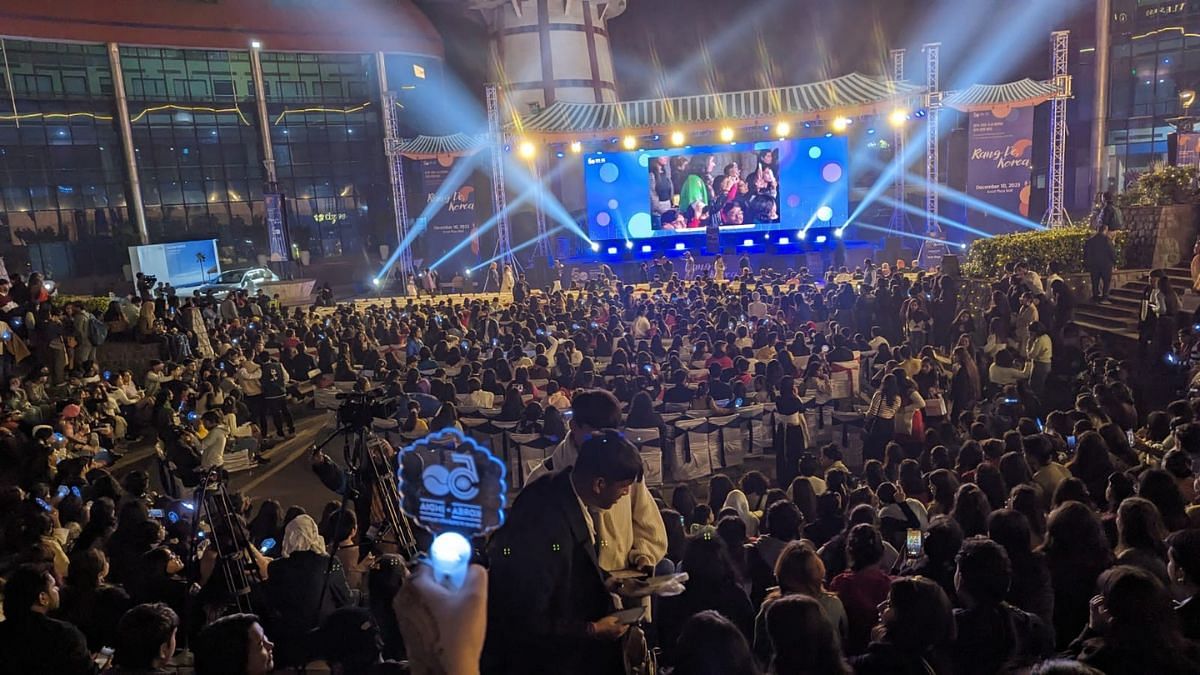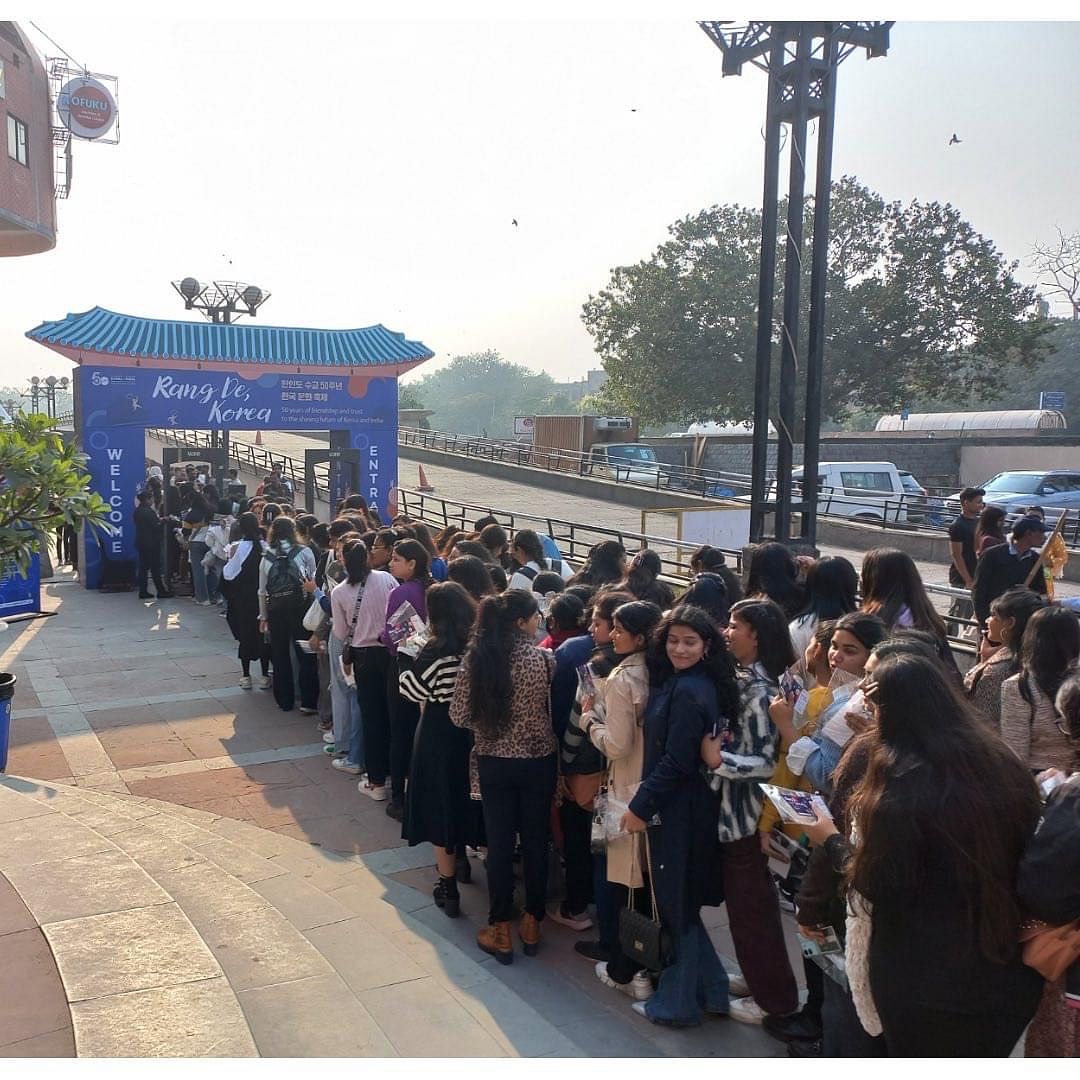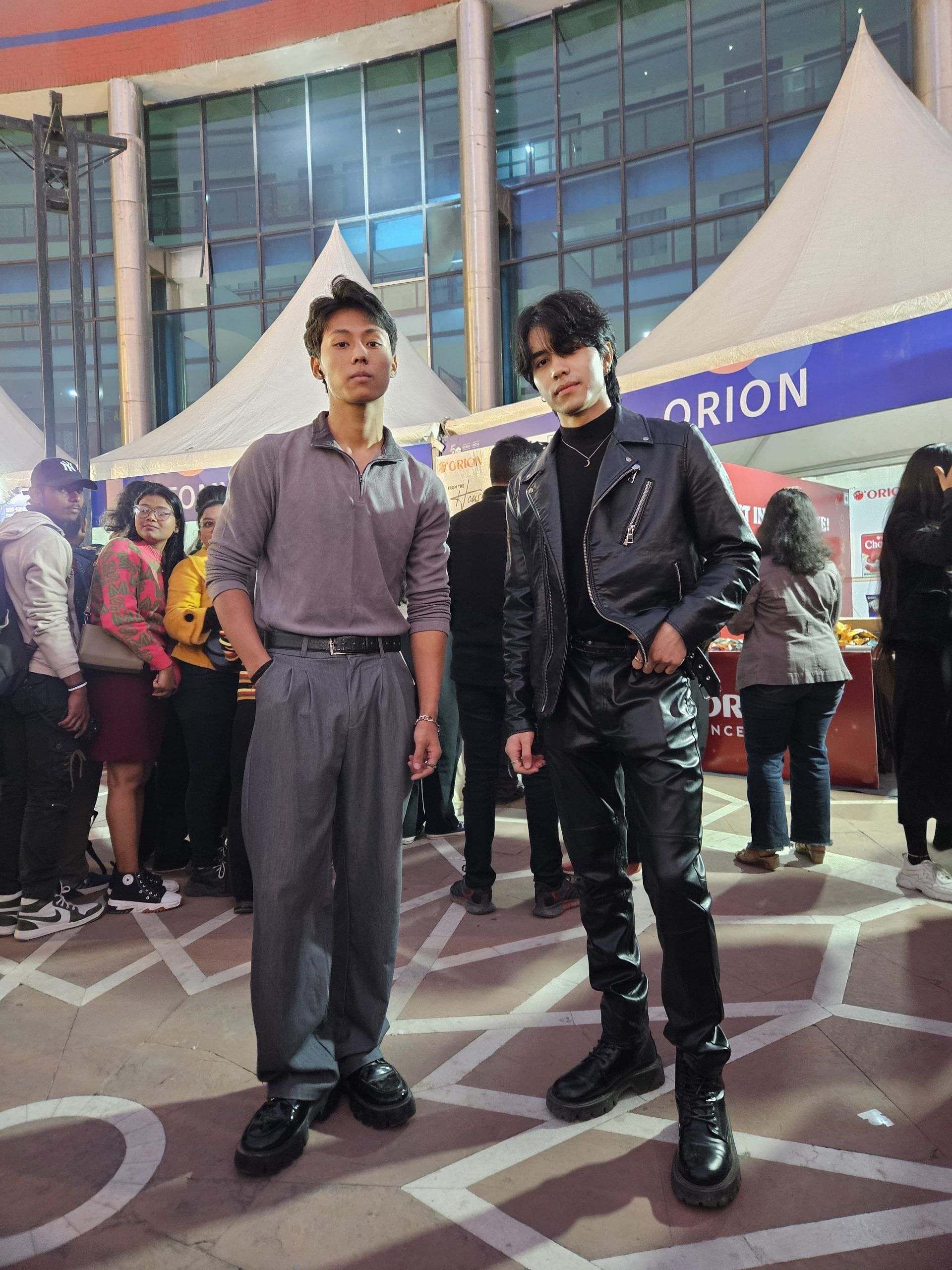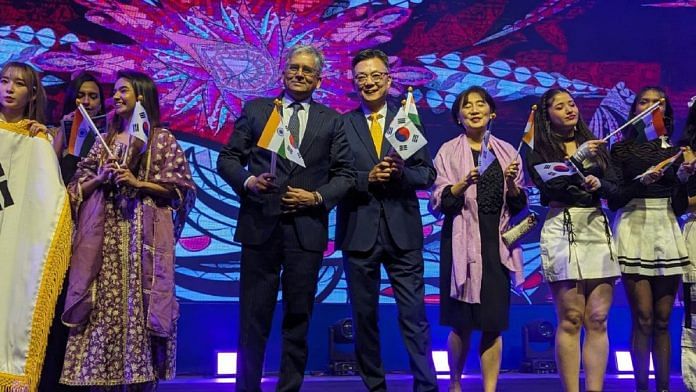New Delhi: K-pop songs and dance choreography took over New Delhi’s Ansal Plaza amphitheatre during the largest Korean cultural festival in India. The second edition of the festival, ‘Rang de Korea’, held on 10 December in the national capital, was a display of South Korea’s influence on popular culture.
And while there was K-pop and freebies, it could have been bigger, said fans who queued up at the venue an hour before the gates opened at 4 pm.
Fifty years ago, on 10 December, India and South Korea officially established diplomatic relations. “And today we stand witness to the remarkable developments of our bilateral relations,” said South Korean ambassador to India Chang Jae-bok in his opening speech. And on X, Prime Minister Narendra Modi hailed President Yoon Suk Yeol, while mentioning the Special Strategic Partnership between the two countries.
Strategic partnership with South Korea, for most Indians though, is about fashion, music, dance, TV serials and beauty products.
“Our grand Korean culture event ‘Rang De Korea’ beautifully captures the vibrant colours of Korean culture through memorising performances,” said Chang Jae-bok. He used the occasion to talk about the diplomatic achievements between the two countries with trade reaching a “record high of almost $28 billion” last year. For those who attended the event, the significance of the diplomatic milestone didn’t reflect in the performance lineup.
Diehard K-pop fans were disappointed.
“Today’s event was fun, but honestly, I felt it could have been bigger considering the fact that we were celebrating 50 years of friendship,” said Lakpa Yanki Bhutia, who calls herself a “veteran attendee”.

Also read: Indian innovators are building on age-old traditions now—mud beehives to bamboo boats
Expectation vs reality
The online calendar of a Korean pop culture aficionado is always packed with activities — release of new K-pop songs, K-dramas, or any content of their favourite Korean artists. But the offline calendar is comparatively less busy in India. There is the rare K-pop concert (recall KARD and Kom Woojin) or the annual All India K-pop Contest final. So, when the news for the second edition of ‘Rang De Korea’ — organised by the South Korean embassy, Korean Cultural Centre India and Korean Foundation for International Cultural Exchange— dropped days before the event, fans rushed to fill the registration form.
A last-minute change in venue from Jawaharlal Nehru Indoor Auditorium to Ansal Plaza did not stop around 4,000 people from making it to the event.
The evening started with Korean traditional folk songs, including the popular Arirang, by Ji Art Troupe. The group also performed pungmullori—a Korean folk music form, where musicians played drums and gongs, dressed in elaborate hats with long ribbons. After another act by a group called Gwang Tal, the winners of the All India K-pop contests performed K-pop vocal and dance covers. The closing act was by the K-pop girl group, X:IN, which has an Indian member, Aria.
However, Bhutia was not impressed.
“We have had more popular artists in the past,” said the 29-year-old brand and marketing manager. Her most memorable K-culture event was in 2015, when K-pop boy band Teen Top attended the All India K-pop Contest.
“I’ve been attending almost all the Korea fests since 2015 and can see that the audience has grown to a large extent. This is understandable considering the Korean wave that’s swept the country these past few years,” said Bhutia’s friend, Marcia Sekhose.

Also read: Aurangzeb’s favourite biriyani had an ingredient found only in Kashmir—sorrel flower
Turtle necks, baggy pants & K-culture
The sartorial choices of many of the crowd reflected the extent of South Korea’s influence.
Dhruv, a school student, was with his former dance group friends, all of whom were immaculately dressed. They were all there to cheer for the All India K-pop contest Delhi leg winner, Outkasts.
“I actually like the way the Korean people dress and their mannerisms,” Dhruv said. He was wearing baggy pants and long-sleeved polos. His earring resembled a fountain pen nib and the ear nut was shaped like a short quill.
His friend Numan was dressed in all-black — turtleneck, faux leather jacket, and pants.

“I usually wear a high neck because it’s a very popular thing in Korea (during winters),” he said. Numan added that his main inspiration was Korean actor Lee Dong-wook.
23-year-old Julie Mawi—who attended the event alone because her friends couldn’t register for the event on time—was unhappy with the short notice given for the event.
“Last year’s event was announced one month before. It was free for everyone and no entry tickets were needed. This year’s event was announced just 10 days prior and some of my friends faced problems filing the application,” said Mawi.
For Mawi, the highlight of the event was watching X:IN performing live, and the light stick, mask sheets and lip tint gifted to attendees by the organisers.
As the Indian K-pop singer performed to celebrate the 50th year anniversary of diplomatic ties, two neon boards on top of Ansal Plaza glowed in the background—perhaps foretelling the future of K-culture in India. The unconnected plates read ‘Limitless’ and ‘Seoul’.
(Edited by Ratan Priya)



